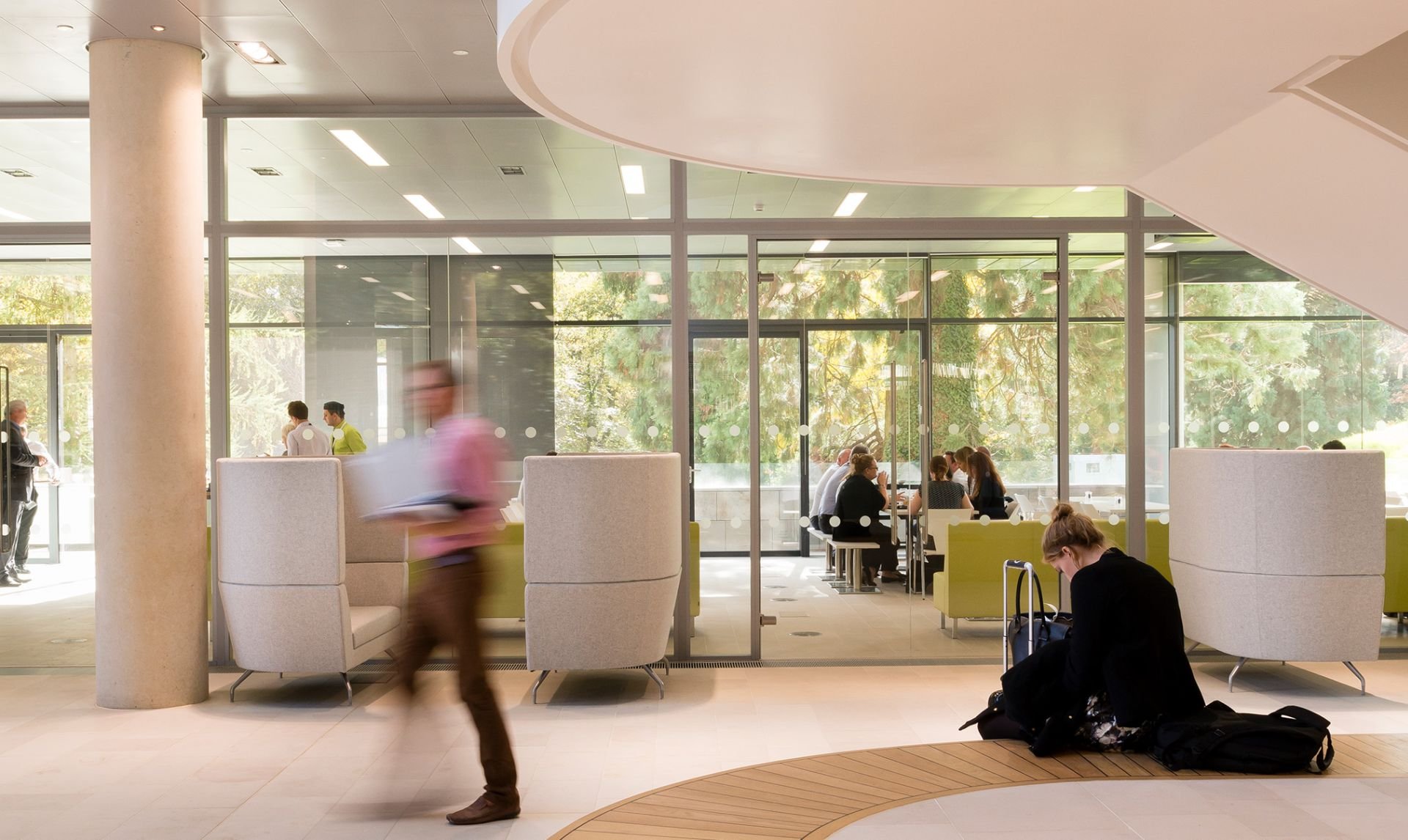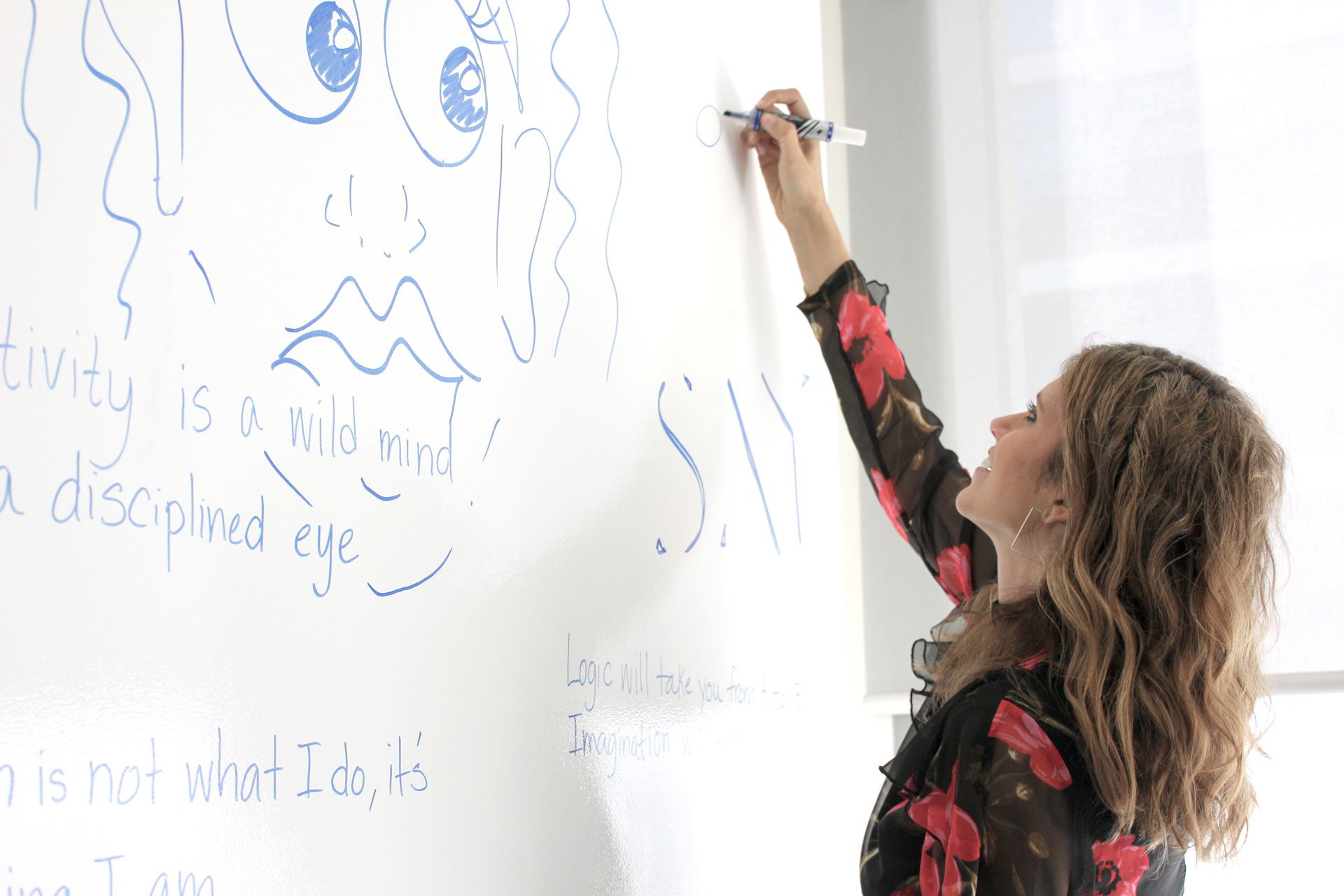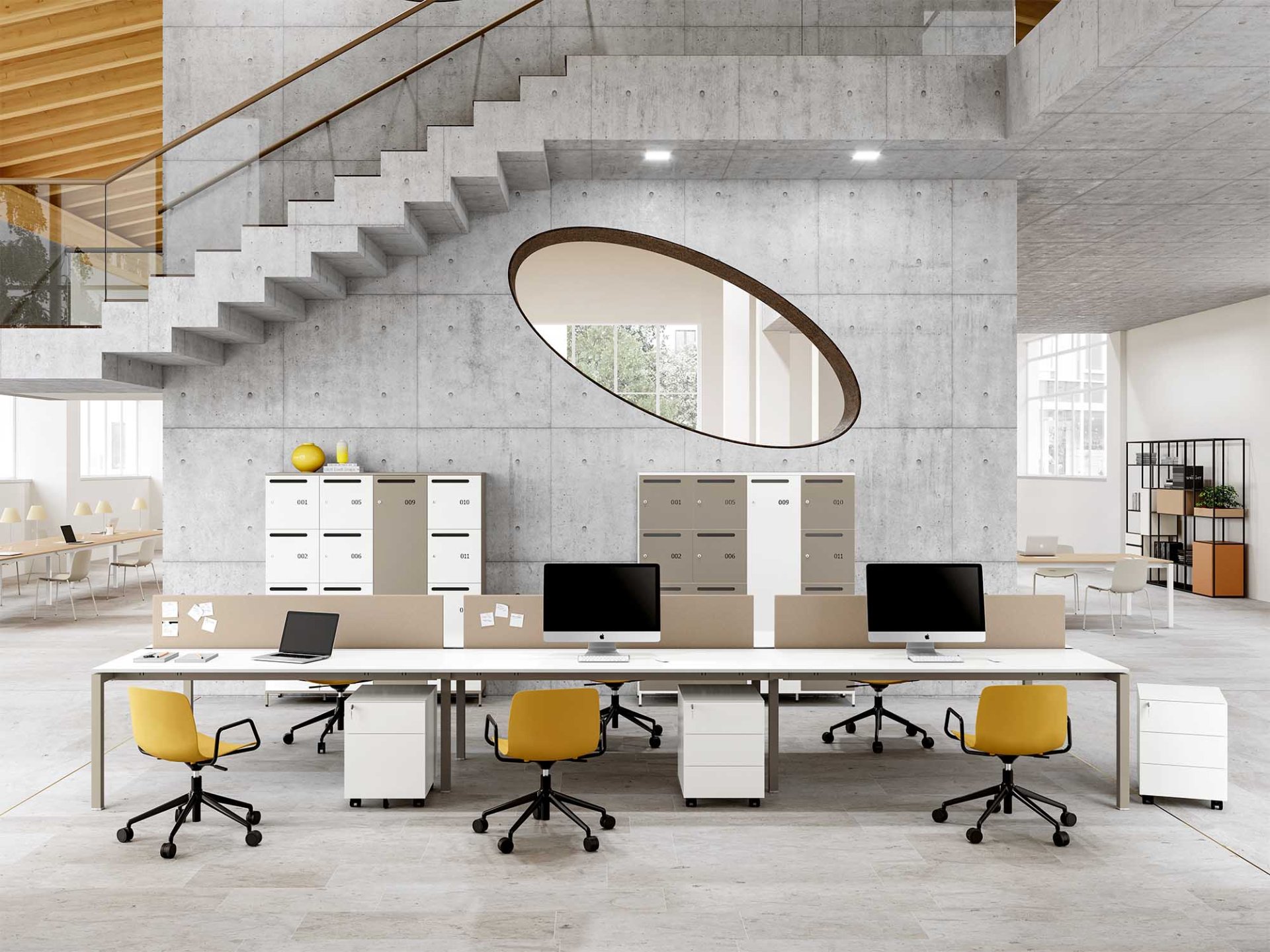No waking up two hours earlier to beat the morning rush, meetings in the comfort of your pajamas, a potentially healthier diet by avoiding quick snacks and, of course, more time to spend with the family.
Technology played a big part in the success of this grand change. The tools we need to be able to seamlessly work from home are now more accessible than ever, and communication is quicker, easier, and cheaper. So who needs an actual office, right?
Surprisingly, there are many who would disagree. Some of us even miss it. Maybe we’re biased, maybe we’re not, but there are certain key benefits a physical space offers that simply cannot be replicated digitally. After all, humans are social creatures.
There are compelling arguments from both sides of the WFH debate, but the jury’s still out on this. Plenty of studies have been conducted to arrive at a consensus, with conflicting results and no solid conclusion. What seems to work on a personal level is probably not as productive when scaled up to an entire team, and there are and always will be trade-offs.
Depending on where you’re reading this, there’s a good chance you’ve returned to work, or are going to. For those of you wondering if the return is worth it, here are a couple of reasons to look forward to it.

Above: Orangebox Cwtch
An Office Environment Helps to Compartmentalise
The ability to prioritise, focus, and block out all other distractions is a key component to productivity. Distractions, in this case, can be physical, mental, or even environmental. One can argue that a dedicated, well set-up home office space is sufficient, and they’re right for the most. But it’s important to remember that some of us simply don’t have the luxury of compartmentalising our physical spaces that way. This is one benefit of the office environment that is hard to quantify, but is incredibly important. Even if you do have a great WFH set-up, the vibe of your home may be out of your hands, especially with the presence of children, or multiple family members, or even shared living arrangements. Being in an office that is surrounded by others who are also looking to be productive, sets up a mood that helps you work too. It’s a collective energy.
Clockwise From Top Left: Framery Acoustic Pod, Teknion Fractals Seating, Insterstuhl HUB, Nowy Styl
Physical Collaboration
That last line gives us a great segue to another reason why working in an office is great – physical collaboration, old school, boomer style. Whiteboards, high tables, post-it notes and markers.
According to Ben Hogan, Business Agility Adviser and Founder of Agile Ben, physical collaboration tools that are used in an office environment offer value that hasn’t yet been captured by their digital counterparts. For example, a simple collaboration wall with a whiteboard or an Ideapaint wall delivers a large visceral, emotional and cultural impact to those present in the space. It provides a meeting place, a collaboration watering hole of sorts, for conversations both formal and informal, and people can view information as they pass by without having to actively look at an app. Additionally, physical walls provide a range of flexibility in design, and what can be visualised and thus expressed. Physical walls can be funnily creative in a way that no digital tool can currently match.

Top: IdeaPaint; Above From Left: Haworth, Herman Miller, Wilkhahn’s Timetable Lift
Haworth’s research also shows that certain furniture designs promote collaboration in group settings. To promote collaboration, researchers suggest integrating high top tables and bar stools in a workspace. Their research shows that this gives people a sense of being out in a social situation and enhances creative thinking.
Serendipitous Learning
Learning, creativity, and productivity don’t have to be restricted to dedicated zones in the office or online slack channels. The mark of a great office design is one that cleverly encourages an employee learning process by having them engage with information outside of their dedicated teams. When individuals have to physically cross paths with different teams across the organisation, they can’t help but (actively or passively) interact with information or conversations around the workspace. What happens then is the spark of a creative learning process purely from being in the midst of such conversations.
Above: Teknion’s Banqs occasional table, Ergotron LearnFit sit-stand desk
This simply does not happen when you work from home. It’s unusual to go about an entire day without overhearing an interesting discussion, whether technical, philosophical, or otherwise. Regardless of whether someone passively learns from a discussion, contributes to it, or simply remembers an interesting topic, it contributes to a culture of open information exchange and intellectual curiosity.







